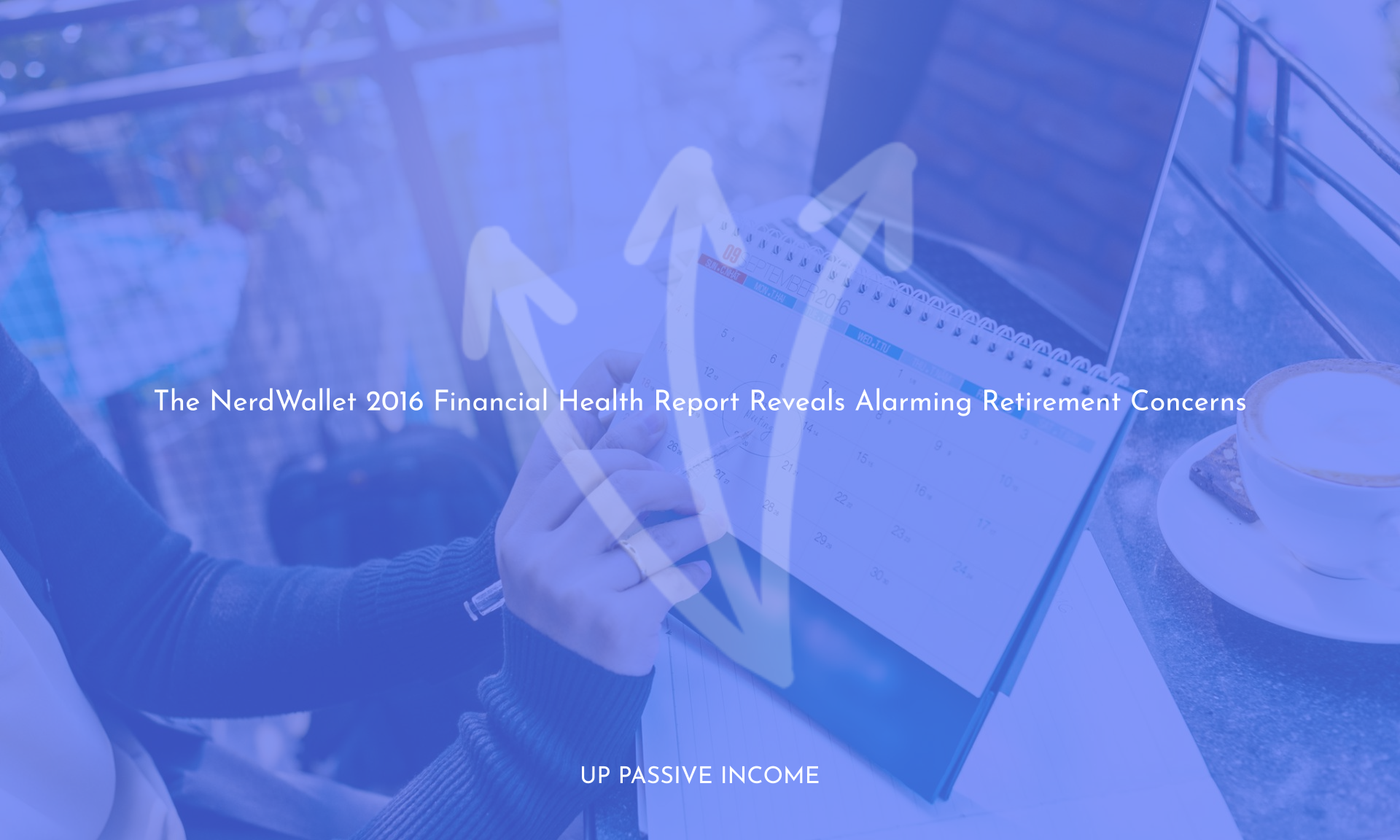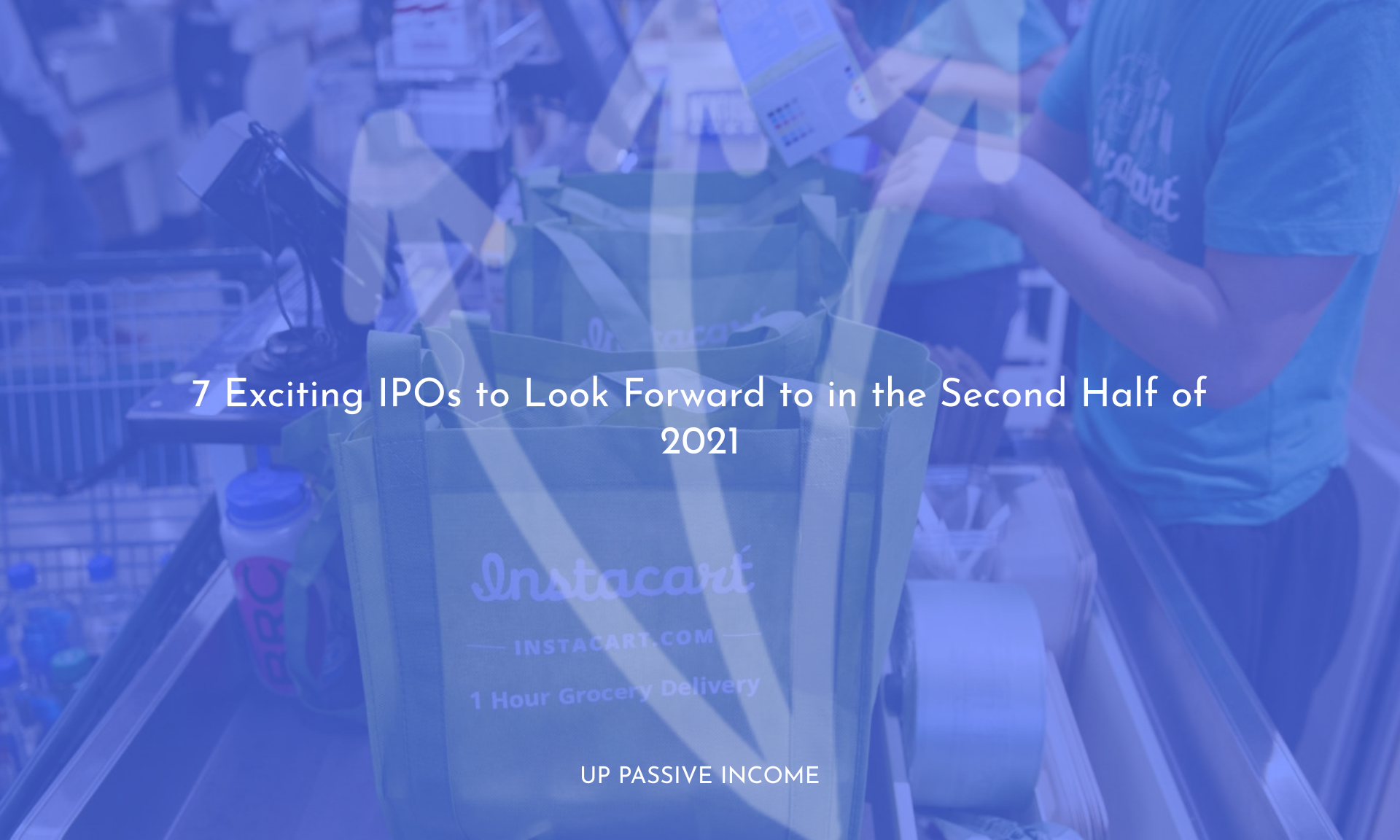Discover the eye-opening findings of the 2016 Financial Health Report that reveals alarming retirement concerns. Dive into the report to understand the worrying state of Americans’ retirement savings and learn steps you can take to ensure a secure future. Don’t miss this wake-up call for everyone concerned about their financial well-being.
Dive into the eye-opening findings of the 2016 Financial Health Report, which highlights the alarming state of Americans’ retirement savings. With anxiety looming over their financial future, a staggering number of individuals are not saving for retirement at all. Discover why this report is a wake-up call for everyone and explore the steps you can take to ensure a secure retirement.
First end-of-year financial survey finds that while 70% of Americans report saving for retirement in 2016, many are bogged down with anxiety about how much they’ve saved and the competing need to put money toward other goals and expenses.
The survey, conducted online by Harris Poll, asked more than 2,000 Americans ages 18 and over about their retirement readiness, top financial concerns and savings priorities as 2016 comes to a close.
The results reveal anxiety about a lack of savings — both for retirement and for short-term goals like an emergency fund — and worries about health care expenses and credit card debt. While retirement was the most commonly cited savings priority (28%), only 29% of Americans report that they feel confident they saved enough in 2016, and nearly one in three are not currently saving for retirement at all.
And 2017 may not see much improvement: Of those who have a workplace retirement plan, only 32% plan to increase their contribution next year.
Among the key survey findings:
-
Skipping retirement saving: 30% of Americans report they are currently not saving for retirement at all, including 43% of millennials ages 18 to 34.
-
Financial anxiety runs high: Three out of four have some type of financial worry. The top financial concerns are health care bills and expenses (35%), lack of emergency savings (35%), lack of retirement savings (28%) and credit card debt (27%).
-
Deeper concern from older Americans: Those ages 45 to 54 are most likely to report concern about their lack of retirement savings (40%), and only 20% are confident they saved enough this year.
-
Missed tax advantages: Of those who are saving for retirement, 55% report doing so in a regular savings account, compared with 50% who report using a workplace retirement plan like a 401(k) and 39% who are using an individual retirement account like a traditional or Roth IRA. (Respondents were able to select more than one account.)
Low confidence in level of retirement savings
Americans seem to know the importance of saving for retirement, putting that goal at the top of their list of savings priorities.
Yet as we near the end of the year, less than a third (29%) of those who are currently saving for retirement say they feel confident they have saved enough this year, and only 15% intend to max out their employer-sponsored retirement plan for 2016.
Hopes dont swing any higher for 2017: Of those with workplace retirement accounts, only 32% say they plan to increase their contribution next year, despite the facts that employer surveys show U.S. companies plan to pay out raises averaging 3% and median income, as reported by the U.S. Census Bureau, is up. Ratcheting up retirement contributions on a regular basis is one of the easiest ways to build wealth, and timing an increased savings rate with a raise or bonus is a relatively painless way to do so.
Many using bank savings accounts as retirement accounts
Of those who are saving for retirement, the majority — 55% — report that they are using a regular savings account. Among those ages 18 to 34, an even higher 63% report saving for retirement in a savings account.
“Consumers should heavily consider saving in retirement accounts like IRAs and 401(k)s to take advantage of substantial tax savings and the flexibility to invest for higher potential returns,” says Kyle Ramsay, CFA, head of investing and retirement.
In a traditional IRA or 401(k), the money invested grows tax-deferred, and distributions in retirement are taxed. Consumers who meet the Roth IRA rules should also take advantage of that account, which doesnt offer a tax deduction on contributions but allows tax-free distributions in retirement.
Even if investors are able to max out their retirement accounts for the year and they want to continue saving, the next best option is a taxable brokerage account, which offers access to a wide range of investments with historically higher returns than what bank accounts offer in interest.
“Low interest rates mean using a bank savings account to save for retirement can lead to a substantial retirement savings shortfall,” says Ramsay. “That can be particularly harmful to young investors — their long time horizon enables them to ride out short-term market swings and compound their investment returns over time.”
Several key sources of financial anxiety in 2016
The struggle to save for retirement — and the anxiety caused by feeling behind — is just one of many financial concerns reported by Americans in 2016. Three-quarters (76%) of Americans said they experienced at least some financial worries this year, with health care expenses, lack of an emergency fund and credit card debt also topping the list.
Health care spending is projected to grow at an average of 5.8% per year between 2015 and 2025, according to the Centers for Medicare & Medicaid Services. The U.S. Department of Health and Human Services expects the per-person cost in 2016 to top $10,000 for the first time. Household credit card debt currently averages $16,061, according to a analysis, and has grown 11% over the last decade. As these costs continue to rise, they squeeze Americans ability to meet other goals, like saving for retirement.
“Every dollar Americans have to put toward health care, debt and other expenses is a dollar that isnt saved for retirement,” says Ramsay. “This struggle to keep up with competing financial priorities is part of why Americans of all ages are falling behind in their retirement savings goals.”
Financial anxiety is shared by nearly all Americans, but concerns over that retirement savings shortfall seem especially pronounced among those who are feeling the pressure of their retirement age creeping closer. Among Americans ages 45 to 54, 40% report worrying about a lack of retirement savings. And only 20% of those in that age group who say they are saving for retirement are confident they saved enough this year.
That age group is also very likely to be concerned about a lack of emergency savings, with 44% confirming that caused them anxiety this year. Among all ages, the failure to have an adequate emergency cushion caused slightly more concern than a shallow retirement fund.
Few Americans increasing retirement contributions to lower taxable income
Many Americans have already started looking toward next year, with 42% reporting that theyve taken steps to prepare for filing taxes for 2016. Yet only 6% report increasing their retirement account contributions as part of that preparation. Contributions to a 401(k) or a traditional IRA can lower taxable income for the year.
401(k) contributions must be made by years end, but the deadline to make IRA contributions for 2016 is April 17, 2017. The survey found a fifth (21%) of Americans who are saving for retirement have plans to max out their IRA for this year. The current IRA contribution limit is $5,500 ($6,500 for those 50 or older).
“The tax-advantaged status of contributing to a 401(k) or traditional IRA is a useful tool in two ways,” says Ramsay. “First, you can manage your tax bracket by increasing your contribution and reducing your modified adjusted gross income. Second, because 401(k) and IRA contributions are pretax, the dollars you contribute to those accounts are worth more than regular savings. If your marginal tax rate is 25%, $100 saved is worth $133 if saved pretax in a 401(k) or traditional IRA.”
Looking ahead to 2017
As we head into next year, there are several steps Americans can take to end 2017 with a higher level of confidence than reported in this years survey:
-
Prioritize savings goals appropriately. An emergency fund is an important savings goal, but it shouldnt stop Americans from saving for retirement, especially if they’re offered a 401(k) or other workplace plan with matching contributions. Recommendation is to first aim for a starter emergency fund of $500, which is enough to cover the most common unexpected expenses. Focus should then shift to contributing enough to capture matching dollars in a workplace retirement plan. At that point, focus can turn back to the emergency fund until it holds the recommended three months worth of expenses.
-
Use the right retirement accounts. A savings account is not a retirement account; it is best used for short- and midterm goals and for savings that need to be liquid, like an emergency fund. For retirement, savers should prioritize a workplace plan with an employer match, then consider individual retirement plan options like a Roth or traditional IRA. For help choosing an account, check out picks for the best IRA providers.
-
Use a retirement calculator to pinpoint retirement needs. A good retirement calculator can help Americans figure out how much they should be saving on a monthly basis to meet their retirement needs. Having a concrete retirement goal in mind makes it easier to map out a path toward meeting that goal.
-
Regularly increase the amount of retirement savings contributions. The ultimate goal for most people should be saving 15% of income for retirement, but that goal can be reached in a series of small steps, by increasing contribution levels on an annual basis. One way to do this is to align contribution increases with income increases from a raise or bonus.
Thanks to Source
NerdWallet 2016 Financial Health Report



